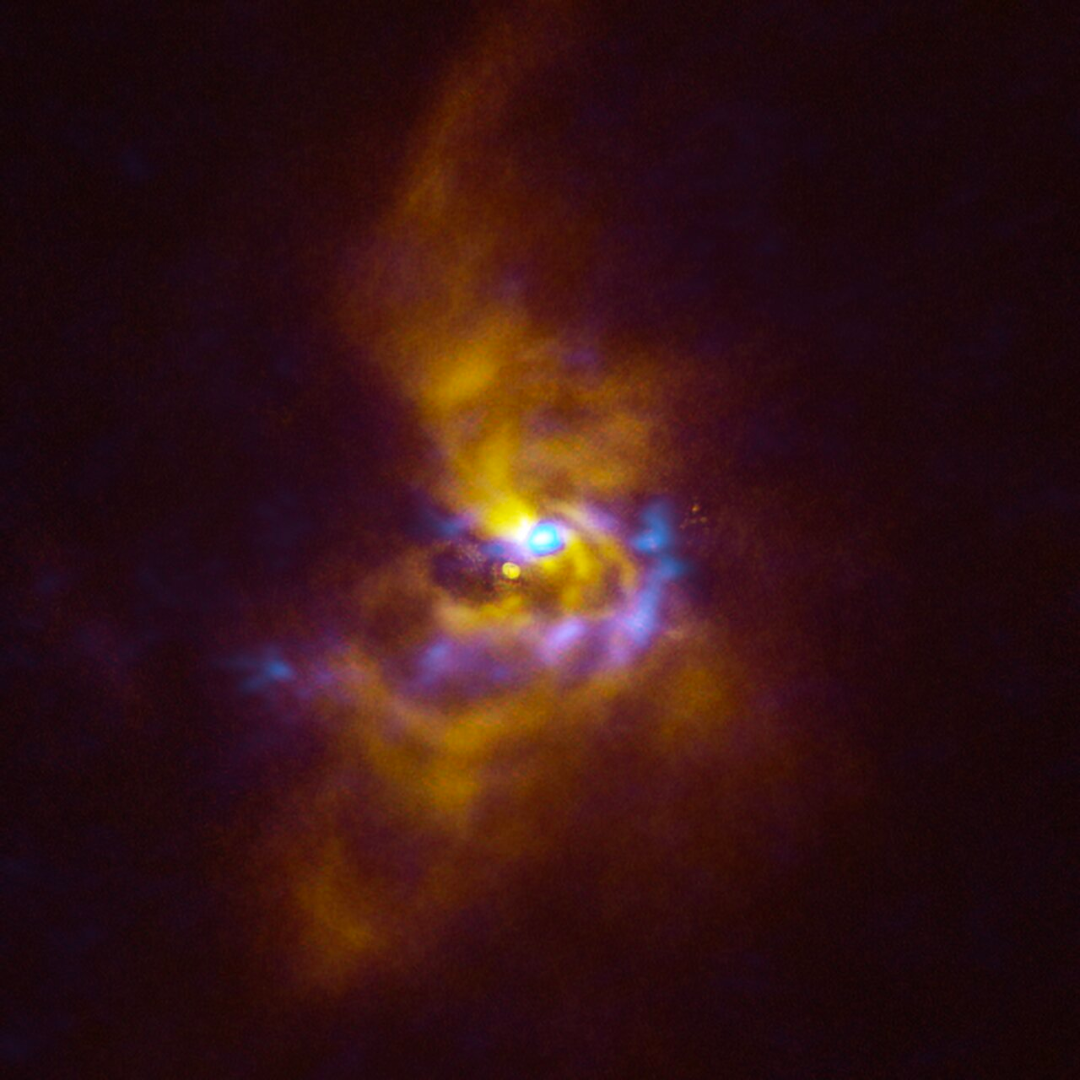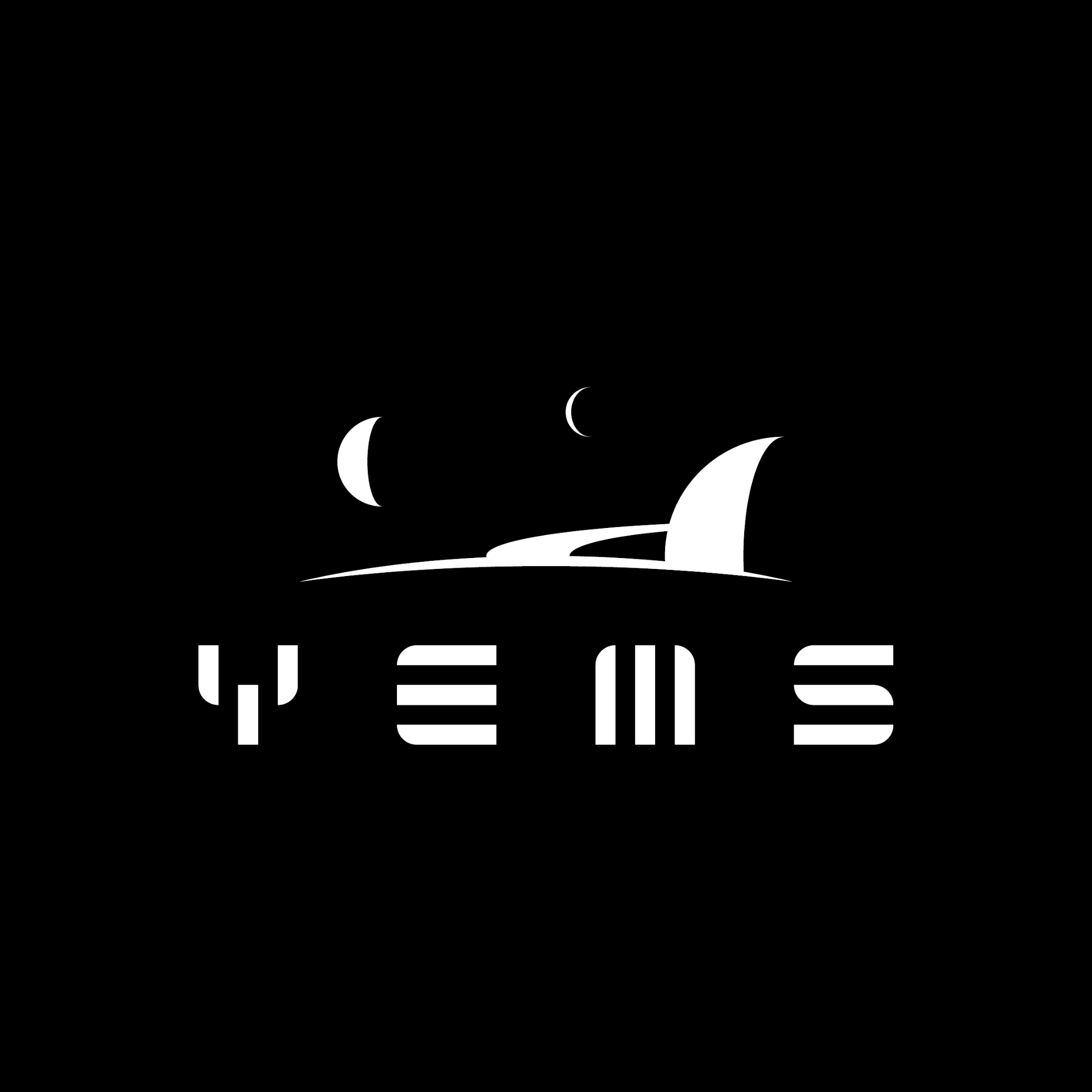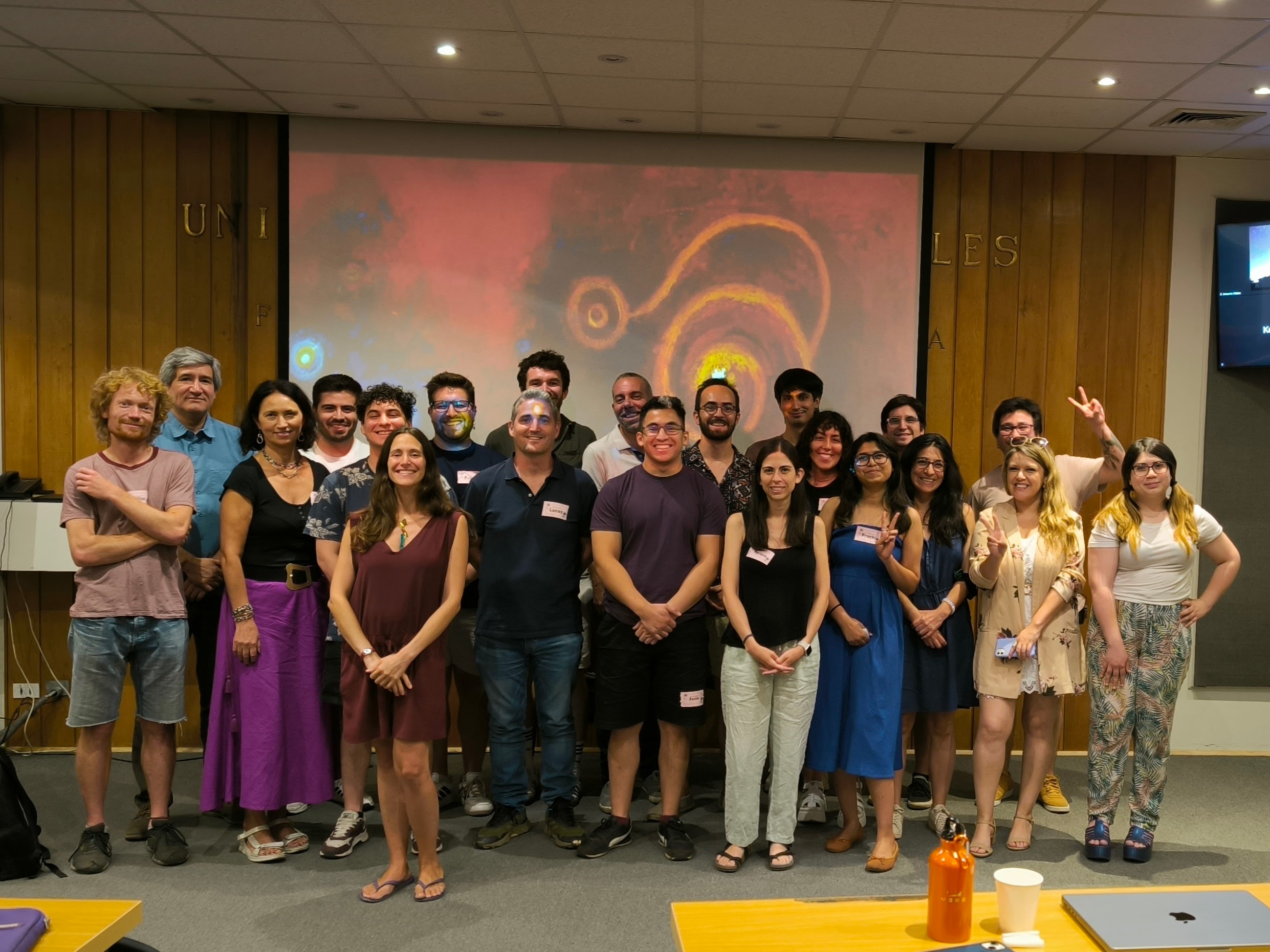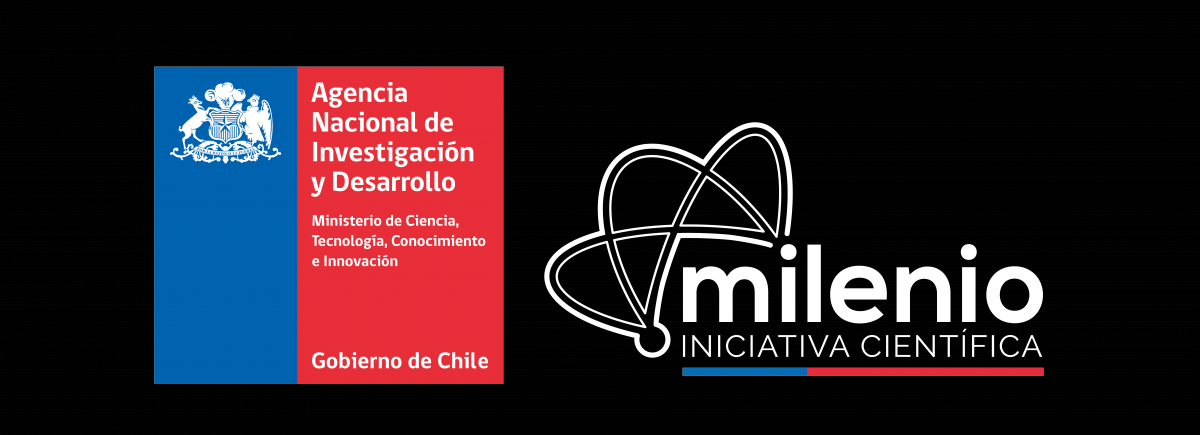
First detection of Gravitational Instability at Planetary Scales
Weber et al. 2023b presents VLT observations of the system called V960 Mon, a young star that suddenly increased its brightness. Archival ALMA data reveals that the environment around this star is fragmenting...





















































